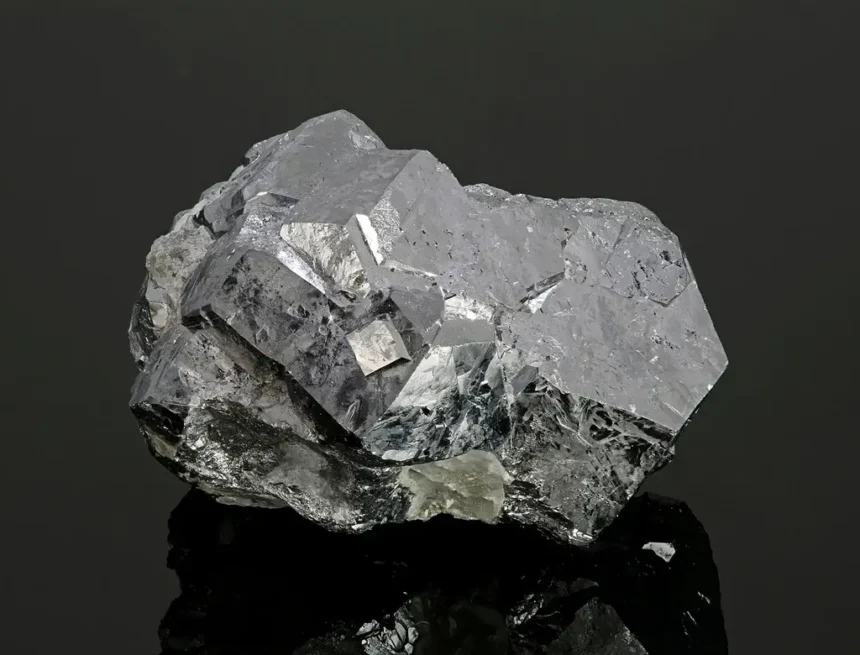China’s refined copper imports have surged, reaching a year-high in October, despite a manufacturing sector that is struggling to gain momentum. The increase in imports, including a backlog clearance from the Democratic Republic of Congo, raises questions about the destination of this influx in copper.
Copper Import Trends
October saw China import 353,000 metric tons of refined copper, the highest in 2023. Cumulative imports are slightly below last year’s levels but have been bolstered by significant shipments from the Congo, resulting from a resolution of CMOC Group’s export issues.
China’s demand extends beyond refined copper to high levels of copper concentrates and recyclable metal imports, the latter reaching its fastest pace since 2018.
Discrepancy Between Imports and Visible Demand
Despite these robust import figures, China’s visible copper inventory remains low. Shanghai Futures Exchange stocks have decreased by 48% since January, while bonded warehouse stocks are unchanged since June. The Yangshan premium, reflecting China’s import appetite, has hit a year-high, indicating a tight domestic market.
Manufacturing Sector in Contrast
The robust copper import activity is in stark contrast to China’s broader economic indicators. Both the official and Caixin purchasing managers indexes suggest a contraction in the manufacturing sector. Although sectors like electric vehicles and power grids have shown strong copper demand, traditional sectors are lagging.
Speculation on Copper Usage
This situation leads to speculation that some imported copper might be accumulating in non-visible inventories, whether for commercial, strategic purposes, or both. With visible demand not fully accounting for the high level of imports, the exact use and storage of this copper remain uncertain.






